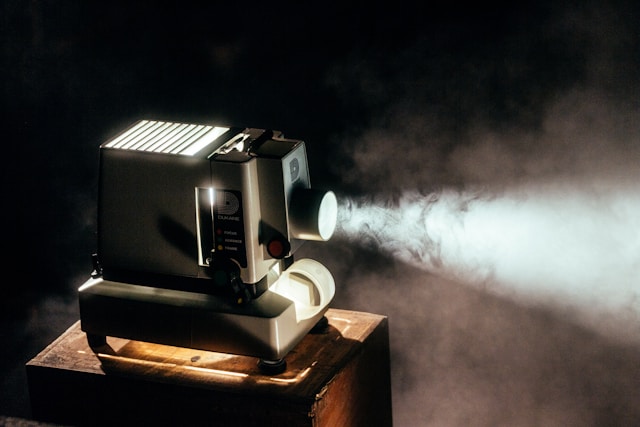
Secret DVD Extras You Won’t Find on Netflix – Hunting for Easter Eggs
Ever stumble upon a movie scene so random or funny that you wonder, why didn’t they include this in the main film? Back in the DVD days, discovering those hidden gems was half the fun.
Long before streaming took over, movie fans spent hours digging through menus, pressing random buttons, and finding secret clips, deleted scenes, or director jokes tucked away in corners no one told them about.
Netflix and other streamers make watching easier, but they’ve quietly erased that treasure-hunt thrill. DVD Easter eggs are part of movie history that most viewers today never get to experience.
What Are DVD Easter Eggs?
Easter eggs are hidden extras that don’t appear on a DVD’s regular menu. They could be anything — a secret message from the director, a blooper reel, or even a short hidden film.
Studios used them to reward dedicated fans during the DVD boom. They were never meant for casual viewers so finding them took curiosity and patience.
Some were tiny, others surprisingly elaborate. Here are a few classic examples:
Hidden Deleted Scenes and Alternate Endings
Many DVDs included extra footage that wasn’t just “bonus” but tally hidden. The Incredibles DVD, for example, had a secret animation test you could only unlock by clicking a barely visible icon. Disney releases were famous for these little surprises.
Secret Commentaries and Messages
Sometimes, pressing the wrong button was the right thing to do. On the Fight Club DVD, selecting the wrong commentary led to a sarcastic message mocking the idea of a “wrong choice.” Typical Fight Club humor.
Interactive Experiences
A few releases went wild with creativity. The Final Destination 3 DVD included a “Choose Their Fate” mode, letting viewers make life-or-death decisions for the characters, something no streaming service has ever replicated.
All this made owning physical discs feel like exploring.
How to Find Hidden DVD Easter Eggs
If you’ve got an old DVD collection lying around, you might still uncover something new. The tricks were often simple, but sneaky.
| Method | How It Worked |
| Explore invisible icons | Move your remote’s cursor around menus, hidden spots sometimes light up. |
| Let menus loop | Some secrets appeared only after the menu animation played two or three times. |
| Use arrow-key combos | Pressing left or up on blank areas could unlock hidden features. |
| Check disc folders on a computer | Some extras were stored as data files with names like “secret.mov” or “bonus.mpg.” |
ScreenRant once noted that many of the best Easter eggs reward “fans who slow down and explore every frame.” That’s the exact opposite of how most of us stream movies today: fast, distracted, and always ready to skip the credits.
Why Studios Loved (and Then Abandoned) Hidden Extras
In the early 2000s, DVDs weren’t just for watching movies, they were a marketing tool. Studios competed to make the coolest home-video editions, and Easter eggs were an easy way to add extra value. It made fans feel like insiders.
But that era didn’t last. As streaming rose, the industry shifted toward accessibility and speed. Hidden menus and special buttons don’t translate well to platforms that run on smart TVs, tablets, or phones. Everything has to work across devices, and a secret feature that needs a physical remote simply doesn’t fit.
For studios, the change made sense. Fewer support issues, simpler design, and broader reach. But for film lovers, it meant the quiet end of an era of playfulness.
Why You Won’t See Them on Netflix
It’s not that Netflix doesn’t like fun, the platform just isn’t built for it. Streaming menus are streamlined. Everything must be obvious, easy to find, and compatible across hundreds of devices. There’s no room for hidden buttons or alternate paths.
Plus, with so much competition for attention, platforms prioritize what’s next, not what’s hidden. If a user finishes a movie, Netflix doesn’t want them searching for secrets; it wants them to start another show.
So, while physical discs invited exploration, streaming encourages consumption. That’s why those clever bits of DVD magic don’t make the jump online.
A Lost Art Worth Remembering
The streaming revolution has made movies easier to watch but harder to discover. Those old DVD secrets, the ones you had to earn, gave fans something that algorithms can’t: the thrill of stumbling upon something no one else noticed.
Hidden extras were love letters from filmmakers to their audiences, tucked between menus and loading screens. And while you won’t find them on Netflix, they still live on inside the discs gathering dust on bookshelves, quiet reminders that cinema once invited you not just to watch, but to explore.